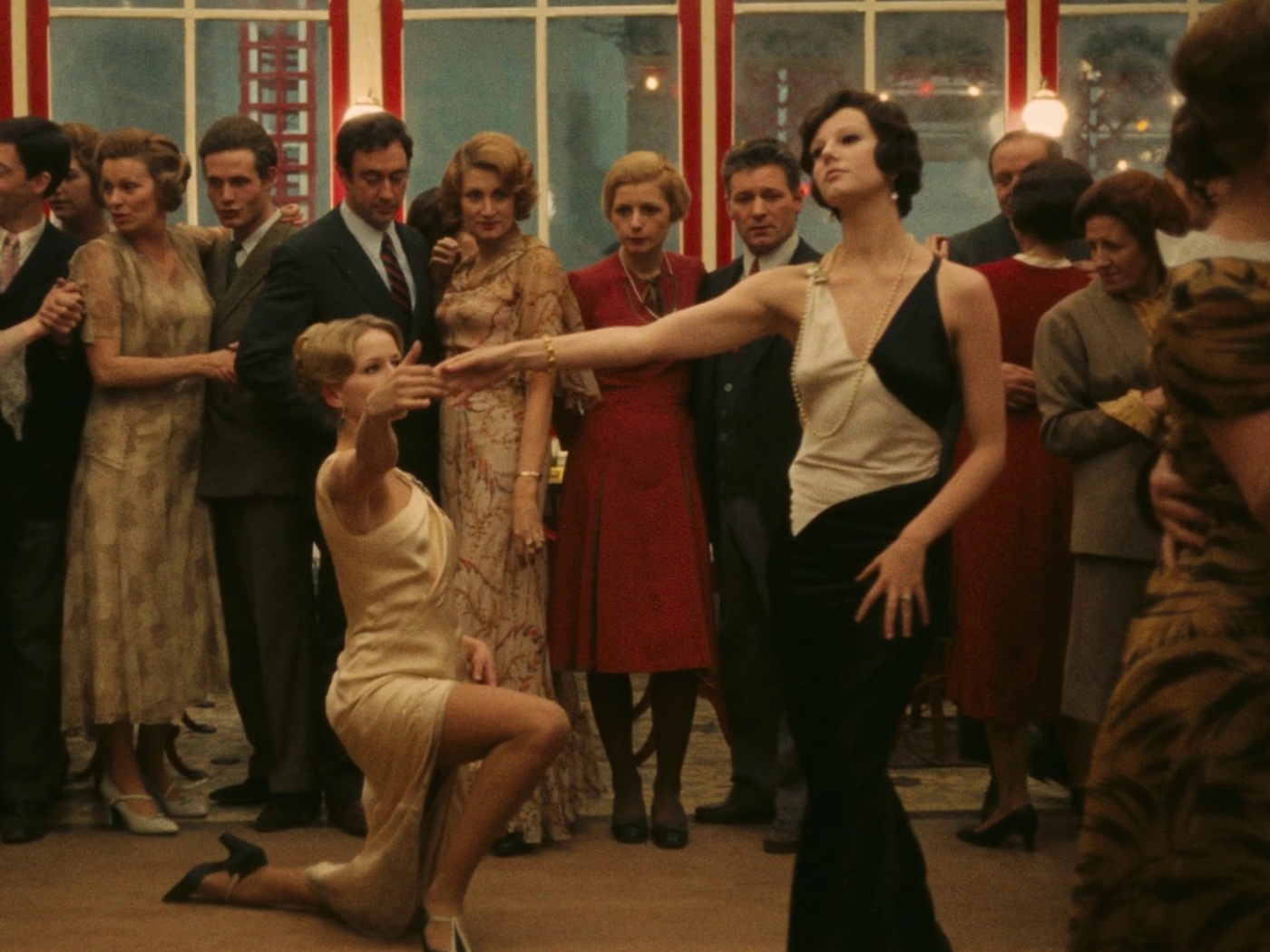
It is a film that entices one to take endlessly long detours and twists and steps forward and backward in an atmosphere of uncertainty about its value and meaning. Every now and then, there are films that fall right into the pipeline of the critic’s letter stream: films on an (almost physically) identifiable “important” theme, in this case “Fascism”, but which have also built in a series of ambiguous shadows and mirror images, so that everyone is left searching for the filmmaker’s final “statement” on his subject. Quite strikingly, importance and vagueness go hand in hand.